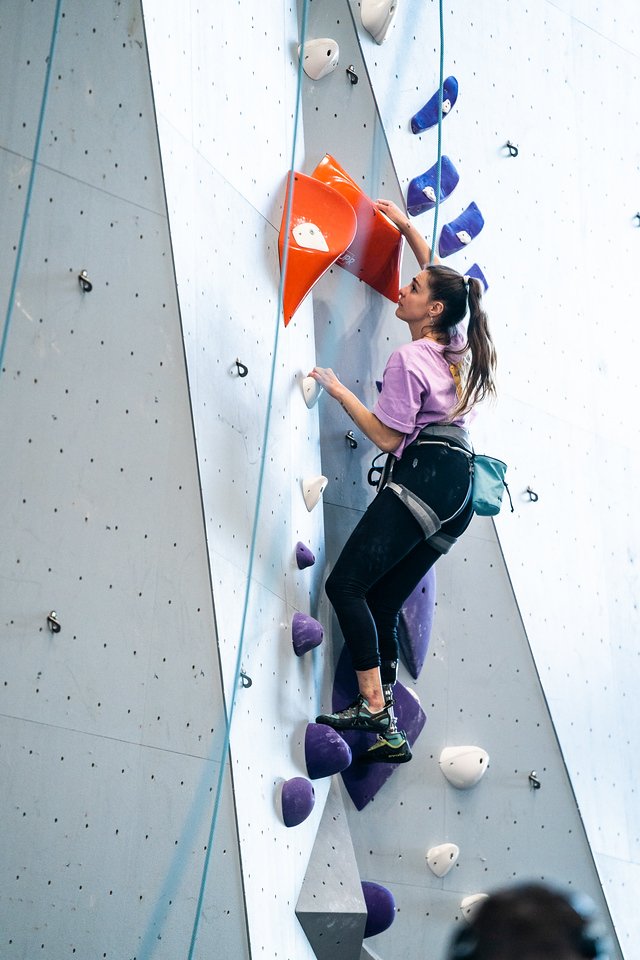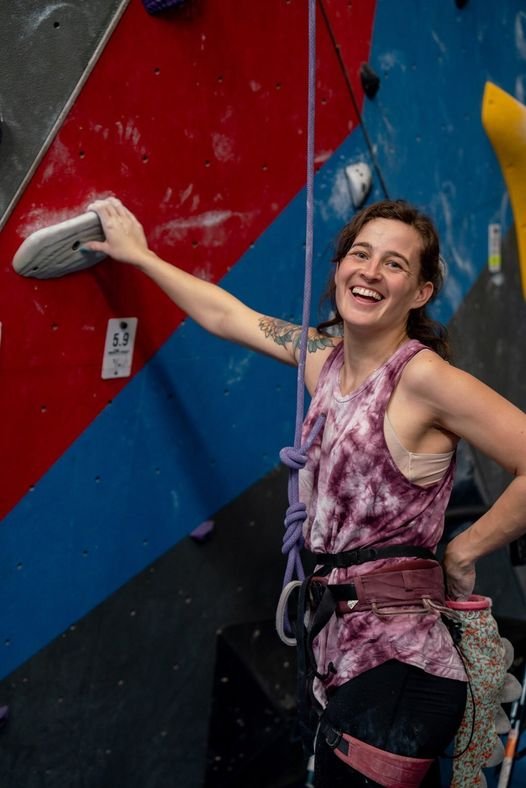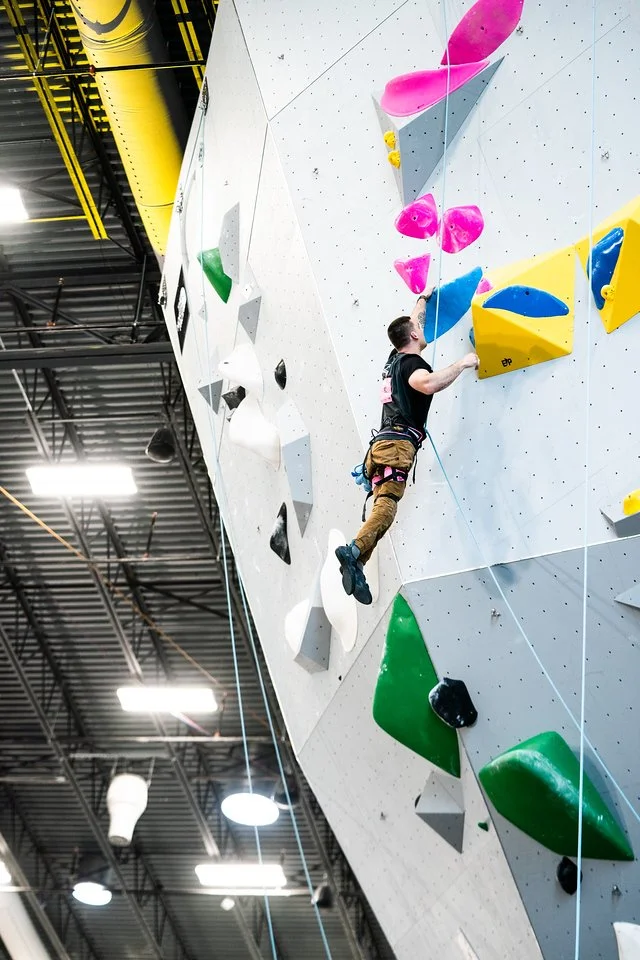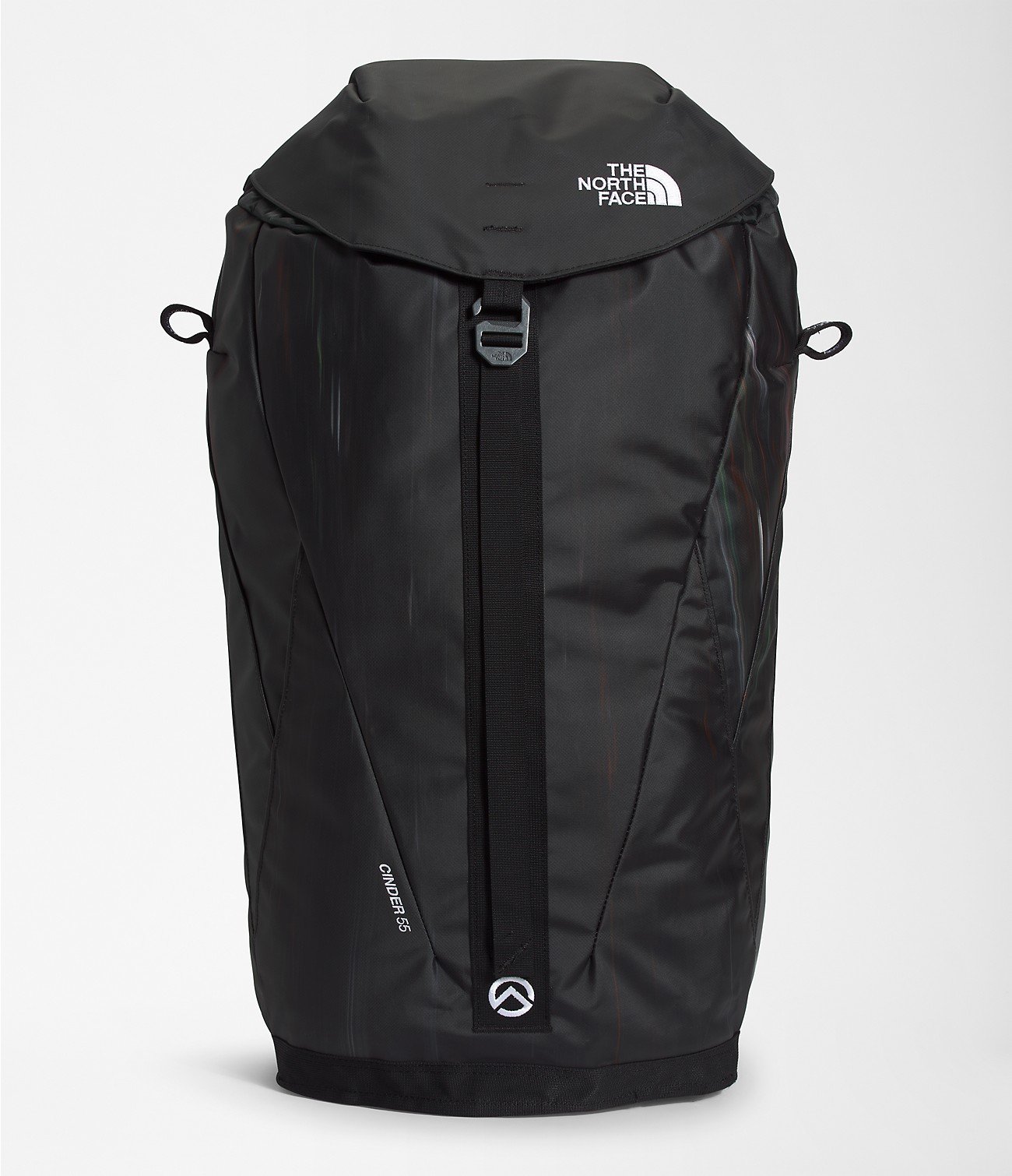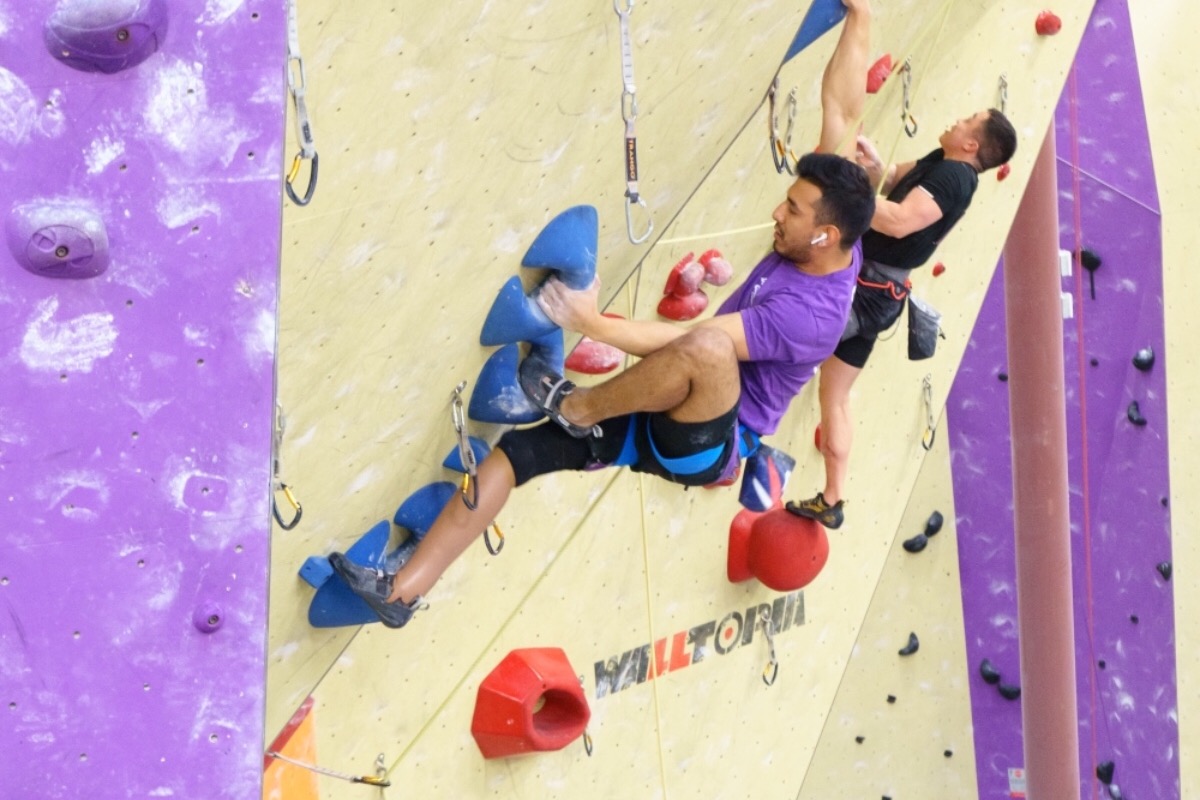I’m a big fan of gift giving - even moreso when I can gift something I’ve made, or an experince - and this delivers on both counts!
Every since I started on my backpacking food dehydrator journey I’ve been looking for any and all things to dehydrate. I saw kits like these for sale in local boutiques - but to the tune of major $$! I thought, I should be able to do this? And I was right. Now, I want to share it with you!
TO DEHYDRATE:
ORANGE SLICES: Make these pretty thin, think less than a 1/4”. Dehydrate on mesh tray at 135* until completely dry.
CHERRIES: If you want to be fancy, you can use Luxardo. I just used Maraschino. Dehydrate on a silicon tray to keep the juices intact. Set at 135* with the oranges, but these will take much longer. You know they’re done when they feel and sound like plastic balls when you roll them around in the palm of your hand.
BITTER SUGAR CUBES: This is where you start to look fancy. I followed this recipe here, and while I don’t think I nailed it, they look and taste great. I think 24 hrs for the peels to sugar was too long, and my sugar got pretty soupy. Dehydrate with the fruits, and run til dry - I left mine in with the cherries for timing.
TO PACKAGE:
JARS : I use wide mouth pint ball jars - this size is so good for everything, and I love the wider mouth for mixing and pouring. These are the ones I’m using.
DEHYDRATED GOODIES: Eyeball orange slices and cherries. For my pint jar, I added 4 sugar cubes, thinking there’s about 4 hefty servings that will come out of this jar.
SPICES: You can get creative here! To me, Christmas screams cinnamon and clove. Star Anise is so darn pretty (but strong!) so I’ll add that in future batches. Because the whiskey will sit and infuse for a while, I’d be careful not to get too nuts, as the flavor will get quite strong.
TINCUP WHISKEY: Sure, you can pop a whole 750ml bottle in the gift box, but I love giving friends the Adventure Pack bottle because they’re refillable, reusable gems. There’s enough liquid in here to fill this particular jar to the top, almost perfectly.
LABEL: You can be like me, and forget to cancel your Canva Premium subscription and make something cute. Or, I’ll save you $15, and you can download my label here. Just print it on a shipping label, or some other sticker like page.
Don’t forget a cute, overpriced box to put it in!
TO DRINK: Add the TINCUP Whiskey or Bourbon and let it infuse in the fridge at least a day. If you add sugar and bitters again, you should be able to get another infusion out of it. Technically, an OF is between 2-3 oz pour. Strain it, and serve over a sexy block of bougie ice, and garnish as you wish! I used some spare dehydrated orange slices. Enjoy being the best gift giver on the face of the planet.









